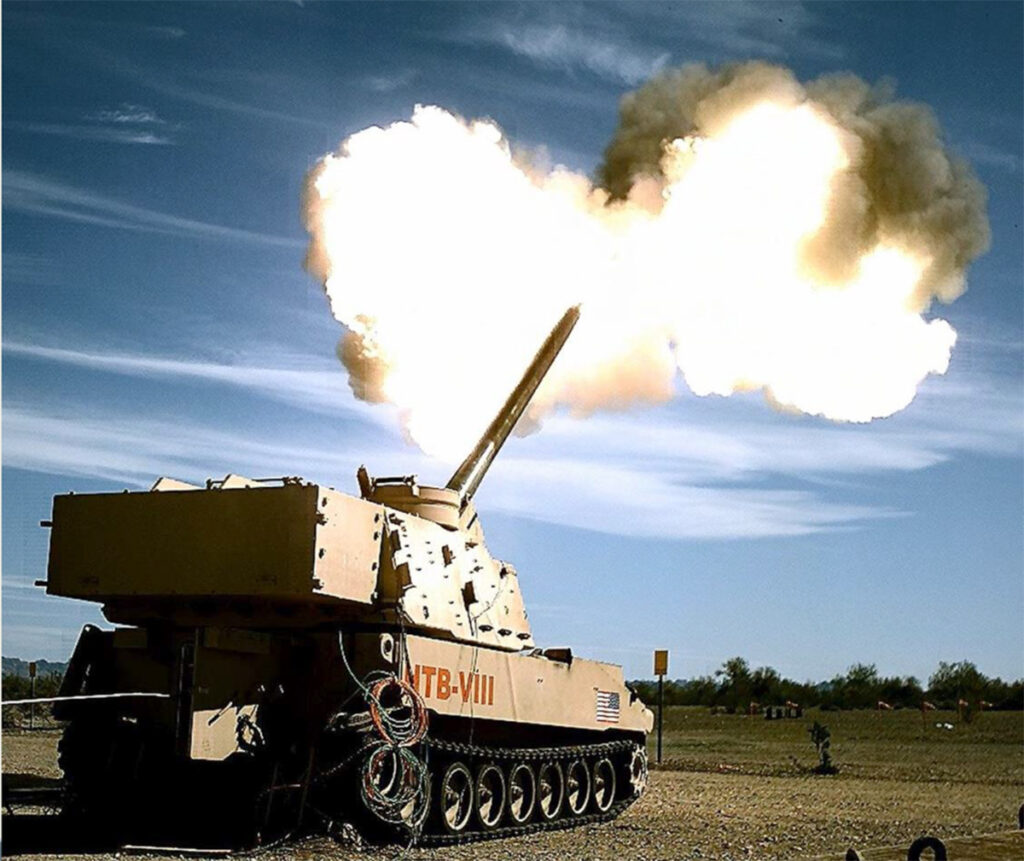By KELSEY ATHERTON

ALBUQUERQUE: To win the fast-moving battles of the future, the Army must connect its separate networks for tactical units — which are designed to deploy abroad — and its enterprise networks, which is based at home, the service’s chief communications officer told an AFCEA NOVA conference today.
“If you buy into the notion of multi-domain, which the Army has, it is our operational concept of the future, you must have a unified network,” said Lt. Gen. Morrison, the Army’s deputy chief of staff for command, control, communications, and computers, aka staff section G-6. “Cyber effects almost always will be delivered from infrastructure that resides on the enterprise side, but may have tactical effects inside tactical formation. We must have that be seamless.”
In other words, the Army needs to employ cyber weapons on the battlefield — but its most powerful cyber weapons, both offensive and defensive, are based back in the United States. It needs to fire battlefield precision weapons over hundreds or thousands of miles — but the satellites to spot targets at such ranges are largely controlled by command centers in the US. Current networks aren’t adequate to coordinate US-based cyber and space operators with frontline tactical units.
This kind of network integration, between distant effects and local impacts, extends beyond launching packets of hostile code at enemy systems. It extends, too, to directing explosions on a battlefield.
“You have long-range precision fires, where you have a cannon that can fire hundreds of miles, that’s not going to be supported by a tactical network, that’s going to have to be supported by a unified network,” said Morrison.
A partnership among the VHA’s Innovation Ecosystem (VHA IE) installed the nation’s first 5G hospital network at the VA Palo Alto Health Care System in California.
The challenge, as Morrison described it, is ensuring that relevant data flow easily and securely through this unified network, without imposing such strict cybersecurity and classification that different organizatiosn can’t share data swiftly, but also without insufficient classification and cybersecurity, which could leave the information more easily exposed to an adversary.
“The enemy only has to be right once. On the NIPRNet, it’s like playing whack-a-mole,” said Morrison. “We have to make the right balance between what is on mission [networks] and what is on unclass[ified].”
Getting this right will be part of the task of the Integrated Operational Planning team the Army is putting together. With that guidance, the Army will be able to allow a fast and vital flow of intelligence from where it is collected to the people who need it on the tactical level. This, in turn, will support the Joint Tactical Grid, the Army’s big contribution to the future all-service Joint All Domain Command & Control (JADC2) system, and its goal of putting any shooter on any target.
This unified network is meant to ensure commanders have all options available and that no desired effect, be it a cyber attack or artillery strike, is cut out of the process through a lack of communication. Morrison pointed to new satellite constellation in Low- and Medium-Earth Orbit as a way to keep communications resilient and redundant. Beyond that, the Army has some promising experiments with battalions plugging into existing wifi and cellular networks to enhance battlefield communications.
No comments:
Post a Comment